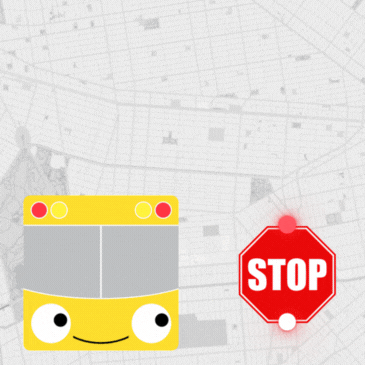An eruv turns the public domain into the private, allowing those who strictly follow Jewish law to carry objects from their home to synagogue. Now, after hundreds of hours of painstaking labor, the eruv surrounding Chabad-Lubavitch of Greater Boynton Beach is back up.
“People had a real sense of freedom,” said Aaron Itzkowitz, who helped reconstruct the eruv, functional for the first time last week.
A ritual route back in use after Wilma repairs
With sunset tonight, like every Friday night, dozens of Orthodox Jews will walk to synagogue. But when Hurricane Wilma damaged the delicate boundaries of the eruv west of Boynton Beach, the walk became a bit challenging.
An eruv turns the public domain into the private, allowing those who strictly follow Jewish law to carry objects from their home to synagogue. Now, after hundreds of hours of painstaking labor, the eruv surrounding Chabad-Lubavitch of Greater Boynton Beach is back up.
“People had a real sense of freedom,” said Aaron Itzkowitz, who helped reconstruct the eruv, functional for the first time last week.
For the five months without this continuous border, at points connected by string, congregants who push strollers, carry babies or use walkers had the toughest time. Sometimes they had to stay home from Shabbat services.
Carrying items outside the home is not allowed on the Sabbath, according to the Torah, but erecting an eruv encloses the community in something of a house with imaginary walls.
The effect of losing the eruv could be seen in increments, the smallest of which was a key. Saundra Rothenberg and many other women would pin their house keys to their skirts to incorporate the key into their clothing. Men would do the same, adding the key to belts or pinning it to pants.
“It makes it easier,” said Rothenberg, who lives about a half mile from the synagogue. She now can carry water bottles, a hand fan and her glasses case when walking in this 10-square mile area between sunset Friday and sundown Saturday.
Eruvs, as the synagogue’s Rabbi Shalom Ciment says, are not child’s play. They are intricate, complex. And it’s not something Orthodox Jews take lightly, he said.
Chabad-Lubavitch spent $20,000 to repair the boundaries, bringing in an expert rabbi from Miami to supervise the work. Congregants have donated $12,000 so far and the capital campaign to cover its costs continues.
The synagogue’s eruv follows natural and man-made landmarks, such things as power lines and canals. They can be connected with strings or demarcated with wooden posts.
Ciment said getting the eruv back up before Passover was the goal. The holiday, which this year begins April 12, draws visiting family and friends to synagogue.
“It would be virtually impossible for many families to come,” Ciment said. “That was our goal and, thank God, we met it.”
West of Boca Raton, the 20-mile-long eruv that surrounds Young Israel of Boca Raton and the Boca Raton Synagogue was down for just two Sabbaths after Wilma struck on Oct. 24.
“For a community that did not experience [going without an eruv] in over a decade, it was a very different experience,” said Rabbi Eliyahu Robovsky of Young Israel. “I’m not going to equate it without having someone’s roof come off. You have to put it in perspective, but it was a hardship.”
Chabad-Lubavitch’s eruv first went up three years ago. Itzkowitz, who’s been on the synagogue’s eruv committee since then, said reconstructing the eruv was more difficult this time around.
The boundaries escaped damage after the 2004 hurricanes. Synagogue leaders say the new and improved eruv should be able to withstand a Category 4 hurricane.
If the markers, such as power lines, move during the storm, the eruv will move with it, Itzkowitz said. In 70 spots, the team that rebuilt it strapped PVC pipe with string inside 25 feet up power lines.
“It was a tremendous sense of accomplishment,” Itzkowitz said. “This was really exhausting and involved a lot more thought.”












